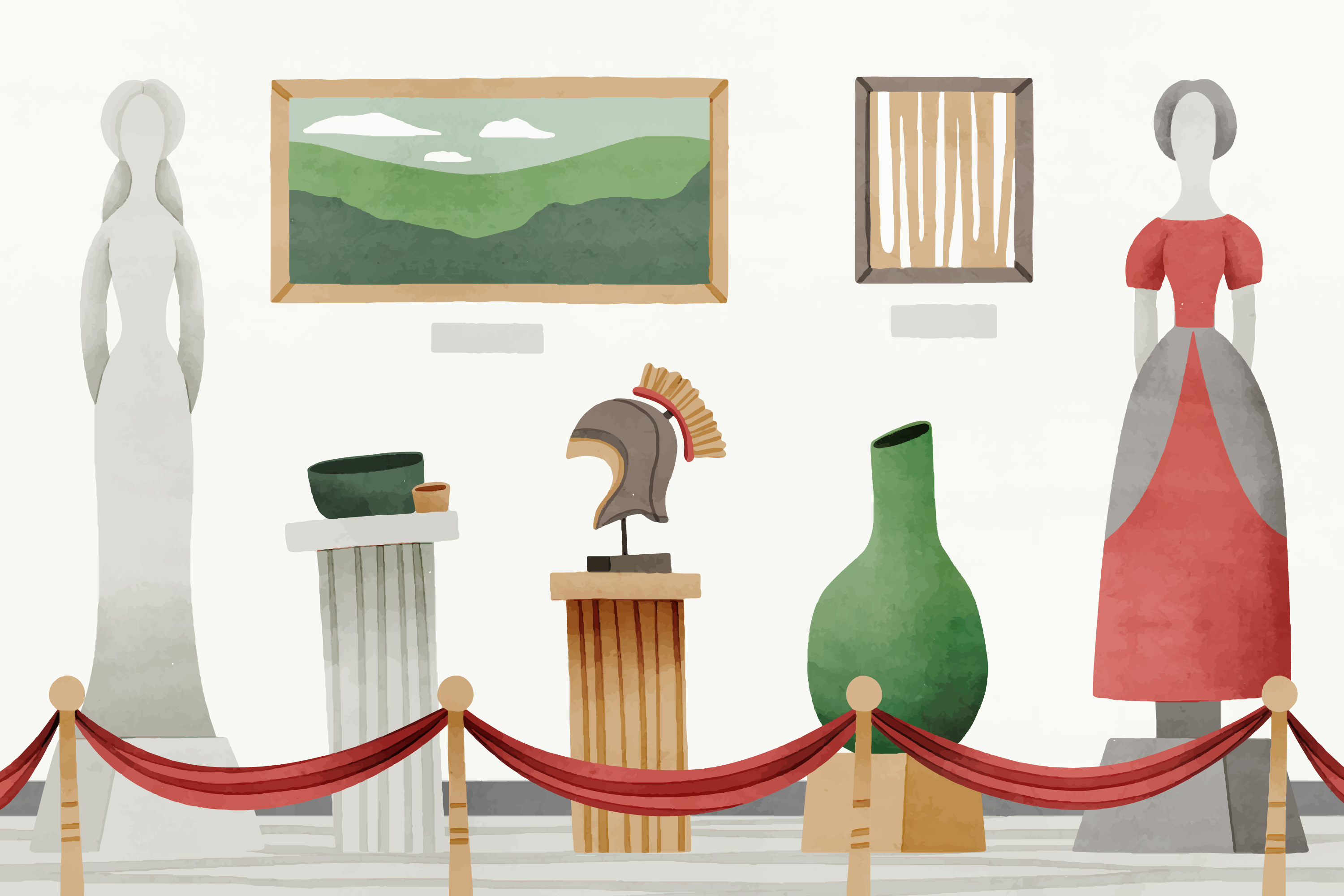The Renaissance: Rebirth of Art and Architecture
The Renaissance, deriving its name from the French word for "rebirth," was a pivotal period in European history spanning the 15th and 16th centuries. Originating in Florence, Italy, this era marked a profound cultural movement that sought to revive and emulate the achievements of classical antiquity. The Renaissance heralded significant transformations in art, architecture, politics, literature, exploration, and science, laying the groundwork for the modern age. Central to the Renaissance was the intellectual foundation of humanism, emphasizing the value and agency of human beings and drawing inspiration from classical Greek and Roman philosophies.
In the realm of art, the Renaissance introduced groundbreaking advancements. Artists like Leonardo da Vinci and Michelangelo epitomized the "Renaissance man" through their multifaceted talents and contributions. Leonardo's mastery of anatomy, perspective, and light brought unparalleled realism to his paintings, exemplified by works such as the Mona Lisa and The Last Supper. Michelangelo's sculptures, including the iconic David, showcased his profound understanding of human anatomy and expressive potential. The development of linear perspective by Filippo Brunelleschi and Leon Battista Alberti revolutionized painting, enabling artists to depict three-dimensional space on a two-dimensional plane with mathematical precision.
Renaissance architecture was equally transformative, characterized by symmetry, proportion, and the revival of classical orders. Filippo Brunelleschi's dome of the Florence Cathedral exemplified engineering ingenuity and aesthetic harmony, while Leon Battista Alberti's treatise "De re aedificatoria" laid theoretical foundations for Renaissance architectural principles. The use of columns, pilasters, and entablatures became integral to building design, reflecting the influence of ancient Roman structures. Notable examples include the Tempietto by Donato Bramante and the Palazzo Medici Riccardi by Michelozzo.
Prominent artists of the Renaissance, such as Raphael and Titian, furthered the era's artistic achievements with their paintings and frescoes. Raphael's School of Athens celebrated classical philosophy and intellectual exchange, while Titian's vibrant use of color and dynamic compositions influenced generations of artists. The Renaissance also saw the flourishing of portraiture, with artists like Hans Holbein the Younger capturing the individuality and personality of their subjects.
The societal and philosophical shifts of the Renaissance were mirrored in its art and architecture. Humanism placed humanity at the center of intellectual and artistic pursuits, fostering a spirit of inquiry and innovation. The patronage of powerful families like the Medici in Florence and the papacy in Rome enabled the creation of monumental works that embodied Renaissance ideals. The dissemination of ideas through the printing press further accelerated the spread of Renaissance culture across Europe.
In conclusion, the Renaissance was a period of extraordinary creativity and intellectual exploration that reshaped art and architecture. Its legacy is evident in the masterpieces of Leonardo, Michelangelo, Raphael, and countless others, whose works continue to inspire and captivate. The principles of symmetry, proportion, and humanism that defined the Renaissance remain foundational to our understanding of beauty and artistic expression.




